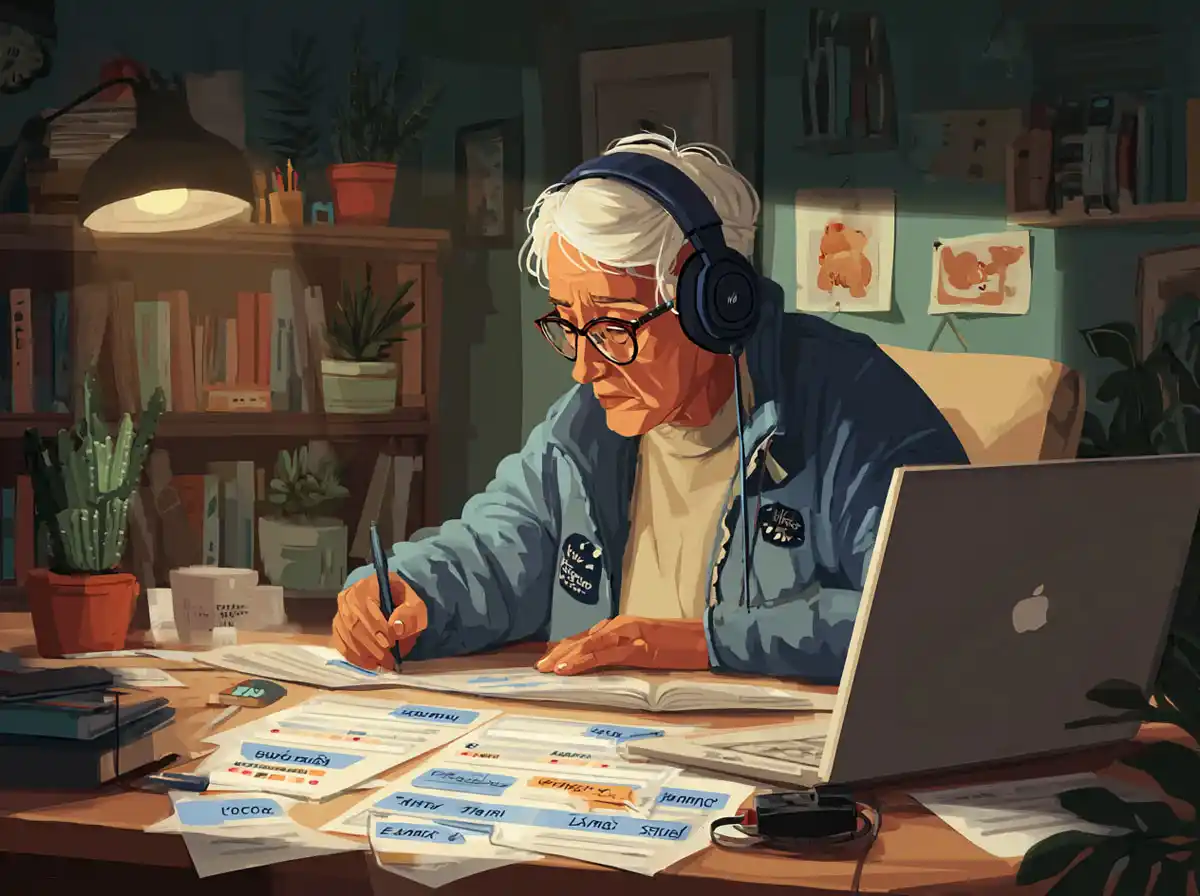Understanding the Khaleeji Dialect
The Khaleeji dialect refers to the Arabic dialects spoken primarily in the Arabian Gulf countries, including Saudi Arabia (eastern region), Kuwait, Bahrain, Qatar, the United Arab Emirates, and Oman. While it shares roots with Modern Standard Arabic (MSA), the Khaleeji dialect has distinct phonetic, lexical, and grammatical features that set it apart.
Geographical Spread and Variations
Khaleeji dialect is not a monolithic language but a collection of regional variations within the Gulf area. Despite some differences between countries, mutual intelligibility remains high among speakers.
- Saudi Arabian Khaleeji: Predominantly spoken in the Eastern Province, this variant incorporates Bedouin influences.
- Kuwaiti Khaleeji: Known for its unique vocabulary and pronunciation, influenced by trade and interaction with Persian culture.
- Bahraini Khaleeji: Reflects a blend of Gulf and islander linguistic traits.
- Qatari and Emirati Khaleeji: These dialects are quite similar, with subtle pronunciation and vocabulary differences.
- Omani Khaleeji: Includes elements from both Gulf and southern Arabian dialects.
Phonetic and Grammatical Features
The Khaleeji dialect features unique sounds and grammatical constructions that distinguish it from MSA and other Arabic dialects:
- Phonetics: The pronunciation of the letter “qaf” (ق) often shifts to a “g” sound, and the letter “jim” (ج) can be pronounced as “y” or “j” depending on the area.
- Verb Conjugation: Khaleeji verbs sometimes use different prefixes or suffixes compared to MSA, especially in the past and present tense.
- Vocabulary: Incorporates many loanwords from Persian, English, and Hindi due to historical trade relations.
- Syntax: Sentence structures can be less formal than MSA, with flexible word order.
The Cultural Importance of the Khaleeji Dialect
Language is a key carrier of culture, and the Khaleeji dialect is no exception. It embodies the traditions, social norms, and history of the Gulf region.
Social Identity and Communication
Speaking the Khaleeji dialect is a strong marker of identity among Gulf Arabs. It fosters community bonds and serves as a symbol of heritage.
- In Daily Life: The dialect is used in family settings, casual conversations, and local media such as TV shows and music.
- In Business: Many Gulf companies and markets use Khaleeji dialect to connect with local clients effectively.
- In Art and Music: Khaleeji poetry and songs often use dialect-specific expressions, emphasizing regional pride.
Media and Entertainment
Khaleeji dialect enjoys a strong presence in Gulf media, such as soap operas, radio programs, and social media content. This exposure helps learners immerse themselves in authentic language use.
Challenges in Learning the Khaleeji Dialect
While the Khaleeji dialect is rich and rewarding to learn, it presents several challenges for learners, especially those accustomed to Modern Standard Arabic or other Arabic dialects.
- Limited Formal Resources: Unlike MSA, Khaleeji has fewer textbooks and structured courses available.
- Pronunciation Nuances: Unique phonetic changes can be difficult for non-native speakers to master.
- Vocabulary Variation: Regional differences and loanwords require learners to adapt to context-specific language use.
- Lack of Standardization: The dialect varies across Gulf countries, which can cause confusion.
How Talkpal Facilitates Learning the Khaleeji Dialect
Talkpal offers an innovative and practical approach to overcoming these challenges, making it an excellent platform for learning the Khaleeji dialect effectively.
Interactive Language Practice
Talkpal enables learners to engage in real-time conversations with native Khaleeji speakers, promoting natural language acquisition through:
- Voice chats to practice pronunciation and intonation.
- Text messaging to improve vocabulary and sentence structure.
- Video calls to pick up cultural cues and body language.
Access to Authentic Content
The platform provides access to a variety of authentic materials in Khaleeji dialect, such as:
- Local news segments and radio broadcasts.
- Popular Khaleeji music and poetry.
- Interactive lessons focusing on everyday communication.
Customized Learning Experience
Talkpal’s adaptive learning algorithms tailor lessons to the learner’s proficiency and goals, ensuring:
- Targeted practice on challenging phonetics and grammar.
- Exposure to region-specific vocabulary depending on the learner’s interests.
- Continuous feedback and progress tracking.
Community and Cultural Exchange
Beyond language, Talkpal fosters a community where learners can:
- Connect with native speakers to understand Gulf customs and traditions.
- Participate in cultural events and virtual meetups.
- Share experiences and support fellow learners of the Khaleeji dialect.
Tips for Mastering the Khaleeji Dialect Using Talkpal
To maximize your learning experience, consider the following strategies:
- Consistency: Engage with the platform daily to develop muscle memory and language retention.
- Active Listening: Pay close attention to pronunciation and intonation patterns during conversations.
- Practice Speaking: Use voice chat features to build confidence and fluency.
- Immerse Yourself: Consume Khaleeji media and participate in cultural discussions to contextualize your learning.
- Seek Feedback: Regularly ask native speakers for corrections and advice.
Conclusion
The Khaleeji dialect is a fascinating and vibrant form of Arabic that opens up rich cultural and communicative opportunities in the Gulf region. Despite its challenges, it is accessible through modern language learning platforms like Talkpal, which offer interactive, authentic, and tailored learning experiences. Whether for travel, business, or cultural appreciation, mastering the Khaleeji dialect can be a rewarding journey, and Talkpal stands out as an excellent tool to guide learners every step of the way.










